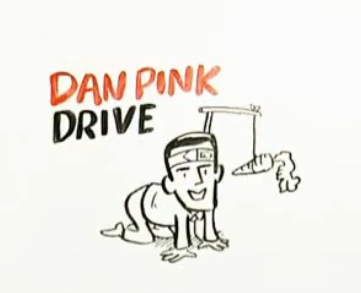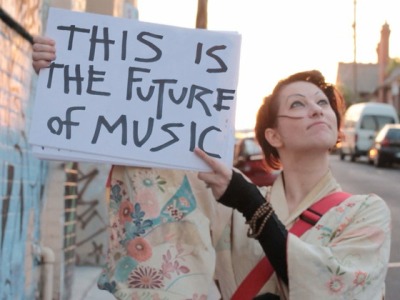Did you know that you are routinely contributing to the development of the world’s knowledge – directly? Like… more than 10% of humankind in fact?
And we are not speaking here of global utilization of your data to do statistics about your behavior.
No – whenever you are typing a word in reCAPTCHA, these small popup words that you need to type so that the website can be sure you are a human and not a robot, the second word is there to check the spelling of an old book that has been scanned.

This is a typical example of reCAPTCHA. And when you type inquiry you actually check the spelling of that word as it was scanned. More detail on this surprising usage of crowd-contribution on this page of the reCAPTCHA from google that explains how it helps digitalize old books.
You can help the process by using this technology on your website (see how to implement reCAPTCHA on your site on this page).
This fantastic video explains how this project came about – and the exciting projects that the originators of the tool now have regarding crowdsourcing translation:
Leveraging the power of crowd-contribution has only the limits set by imagination. Think about how much knowledge the billions of internet users could contribute… and will contribute through the right usage of modern technology. Are you ready to contribute more?









